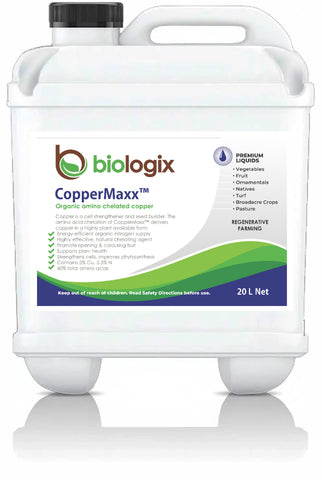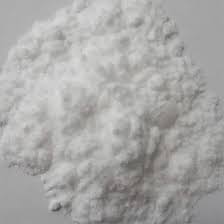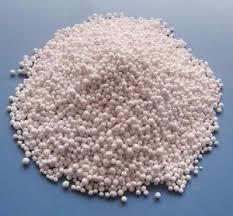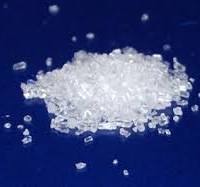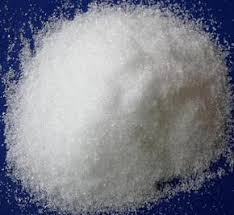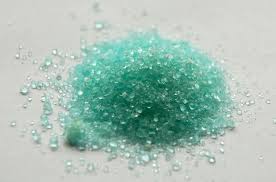
ProductDrop
Iron sulphate (FeSO₄) provides iron (Fe), a crucial trace mineral for crops and pastures, supporting essential plant processes. In New Zealand (NZ), where certain soil conditions can lead to iron deficiency, its application can significantly improve productivity. Below is a concise overview for a grower, including deficiency symptoms and NZ-specific references.
Benefits of Iron Sulphate to Crops and Pastures
-
Essential for Chlorophyll Synthesis:
-
Iron is vital for chlorophyll production, enabling efficient photosynthesis and energy creation.
-
Result: Healthier, greener plants, leading to better growth and higher yields in crops like vegetables and denser pasture swards.
-
-
Supports Energy Transfer and Metabolism:
-
Iron is a component of enzymes like cytochromes and ferredoxin, which are involved in respiration and energy transfer within plant cells.
-
Result: Improved metabolic efficiency, enhancing overall plant vigor and productivity.
-
-
Improves Pasture Quality and Density:
-
In pastures, iron deficiency can stunt grass and legume growth, reducing forage quality.
-
Applying iron sulphate corrects this, promoting denser swards and faster regrowth after grazing.
-
Result: Increased carrying capacity for livestock and better nutritional value of forage.
-
-
Enhances Crop Yield and Quality:
-
In crops like spinach, peas, or apples, iron ensures optimal photosynthesis and growth, preventing yield losses.
-
It also improves produce quality, such as greener leafy vegetables or better fruit development.
-
Result: Higher marketable yields and improved crop appearance.
-
-
Corrects Deficiency in NZ Soils:
-
Iron deficiency is common in NZ’s high-pH, calcareous soils (e.g., parts of Canterbury) or waterlogged soils, where iron becomes less available.
-
Iron sulphate supplies iron and slightly lowers soil pH, improving availability.
-
Result: Prevents deficiency symptoms, ensuring consistent growth and productivity.
-
-
Boosts Stress Tolerance:
-
Iron supports metabolic health, helping plants withstand stresses like drought or disease.
-
Result: More resilient crops and pastures, leading to stable yields under NZ’s variable conditions.
-
Deficiency Symptoms of Iron in Crops and Pastures
Iron deficiency, often called iron chlorosis, is more prevalent in certain NZ soil types:
-
Interveinal Chlorosis: Yellowing between veins on younger leaves, with veins remaining green, seen in crops like peas, apples, and pasture grasses.
-
Young Leaves Affected First: Deficiency appears in new growth, as iron is immobile in plants, common in citrus and grapes.
-
Stunted Growth: Plants show reduced leaf size, slowed growth, and poor root development, impacting overall vigor.
-
Reduced Yield and Quality: In pastures, grasses become pale and sparse; in crops, fruit or grain production drops (e.g., apples may be smaller, peas less vigorous).
-
NZ-Specific Observations: Research from Lincoln University in Canterbury has noted iron deficiency in horticultural crops like apples and grapes on calcareous soils, leading to yield reductions of 10–15% if uncorrected.
Practical Impact on Yield with NZ References
-
Crops: Studies in NZ, such as those by Plant & Food Research, show that applying iron sulphate to deficient soils can increase apple yields by 10–15% and improve pea yields by up to 20%, particularly in Canterbury and Hawke’s Bay.
-
Pastures: In NZ dairy pastures, correcting iron deficiency can boost dry matter production by 5–10%, supporting higher milk production, as noted in trials in Waikato.
-
NZ Context: Iron deficiency is a recognized issue in NZ, especially in high-pH soils in the South Island and waterlogged soils in the North Island, according to the NZ Ministry for Primary Industries (MPI). It’s often exacerbated by over-liming or poor drainage.
Application Tips
-
Soil Testing: Test soil pH and iron levels, as deficiency is common in NZ soils with pH > 7.0 or in waterlogged conditions.
-
Application Methods: Use iron sulphate as a foliar spray (0.5–1% solution) for quick correction, or apply to soil (10–20 kg/ha) for longer-term effects.
-
Chelated Forms: In high-pH soils, consider chelated iron (e.g., Fe-EDTA) for better availability.
-
Timing: Apply early in the growing season or at the first sign of chlorosis to prevent yield losses.
-
Caution: Avoid over-application, as excess iron can cause toxicity, leading to bronze leaf spotting or reduced phosphorus uptake.
By using iron sulphate to address iron needs, you can enhance photosynthesis, plant vigor, and productivity in both crops and pastures, particularly in NZ’s challenging soil conditions. If you’re working with a specific crop or region in NZ, I can provide more targeted advice!
We Also Recommend

